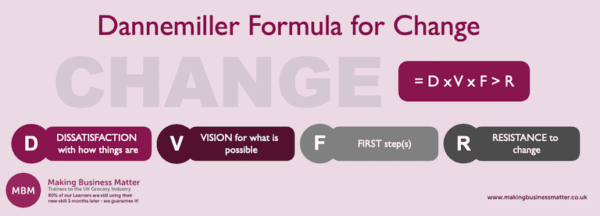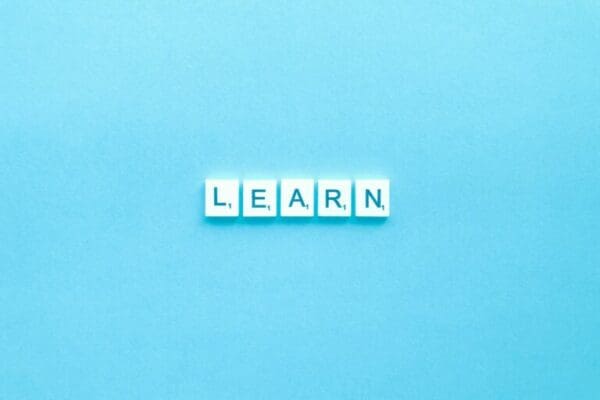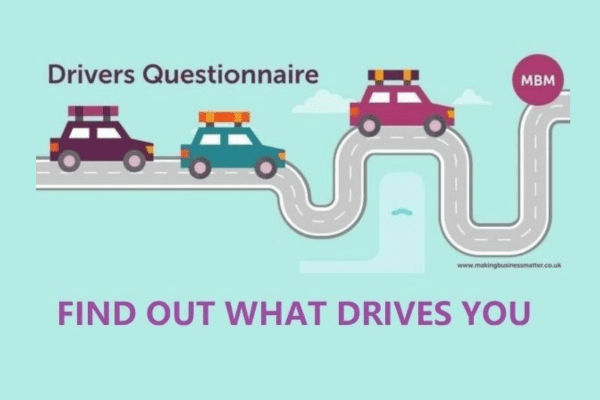Discover 3 Formulas That Will Become Essential to Your Business
My learnings from 12 years in the very structured corporate world and 19 years as an SME owner have helped me to distil the vast amount of business advice available, down to 3 formulas or equations, that used, will see you right in most situations. They are Trust, Change and the 80:20.
Discover Why You Trust Some People Over Others With the Trust Formula
If you have not yet heard of the ‘Trust Formula’ you are in for a treat. It is like taking the red pill, as Neo did in The Matrix. There’s no going back! Once you understand this business formula you’ll be able to understand why you trust one person and yet you do not trust another. You always knew why intuitively. Now you know why you know it on a logical and rational level.
Below is the equation in its 4 parts:
‘I’ is for ‘Intimacy’
This not about anything that may cause a sexual harassment case! Intimacy is about how much someone opens up to you. How much they share who they are. Additionally, it is about how discrete they are with information that you share with them. For example, you may find you do not trust someone because they have shared something private about you previously. Or, you know nothing about their private life. Know anyone like this?.
‘R’ is for ‘Reliability’
This part of the formula is about people that do what they say they are going to do. We have all been let down by people. We all know that person that says they are going to do that thing for you. And you just know that as soon as they leave your presence they’ll have forgotten. Whilst there is no malice intended, and they are very apologetic, all the same, it is really annoying. Moreover, you’ll come to mark them as unreliable.
‘C’ is for ‘Credibility’
This is about how much you can trust someone to be the expert on a subject. For example, at work, there are those people that we go to that we know can give us the answer to any question on the topic of XYZ. These people are very credible on their topics. In my business, we are very credible on canned oxygen because no-one else ‘owns’ that territory as we do. We have written about it, filmed it, used it, tried it, bought it, sell it, etc.
‘SO’ is for ‘Self-Orientation’
This is the key part of the formula. If someone ticks all the boxes for IRC, yet their self-orientation compass is pointing at themselves, then this will smother all their good work of being intimate, reliable and credible. There are some people that are consumed by themselves and their only topic of conversation is them. Furthermore, if the topic of conversation was not them then they’d find a way to make it about them.
Consider a relationship you have that is NOT trustworthy. Can you identify which part of the formula is low or missing?

Archive Progress for Your Business With the Change Formula
The Change Formula is essential for anyone that wants to achieve progress in the business world. Unless you are stuck in a time warp in the Civil Service in the 1950s, then that means you too. This business formula, made popular by Kathleen Dannemiller gives us the key to unlocking progress. It enables us to think with structure about how to tackle ‘selling change’.

There are 4 parts to this business equation:
‘D’ is for ‘Dissatisfaction’
This is to understand how dissatisfied we are with the way things are now. For example, your garden might be a shambles and in need of a good sort out, which bugs you every time you go in the garden.
‘V’ is for ‘Vision’
Vision is about understanding how well you see how things might look in the future. In the garden example you may have a perfect idea of what your garden could look like because you have seen a neighbour’s.
‘F’ is for ‘First’
First relates to the first steps that can be taken towards the vision. If you can create the first 3 achievable, practical and pragmatic steps moving away from your current garden to the garden of the vision then this will tick the ‘F’ box.
‘R’ is for ‘Resistance’
This piece of the formula deals with the current forces against the change. The resistance to changing the garden could be the time you don’t have. Resistance is a vital part of the formula. As we know, you can tick the DVF boxes but if the resistance is too high then change will not occur. Similarly, if any of the DVF parts have a low or zero-rating, then because the formula is based on multiplying those three parts, a value of zero will mean that resistance will win and change will not happen.
Thinking about ‘pitches’ you have made for change in the past that weren’t taken forward. Which part of the formula was your pitch weak on?
Deliver More With the 80:20
Probably the most famous of the 3 business formulas, The ’80:20′. Noticing that the wealth in his country was unevenly distributed the Italian economist Vilfredo Pareto created a mathematical formula which came to be known as ‘The 80:20 Rule’. He identified that 20% of the people owned 80% of the wealth. Moreover, 80% of the people owned the remaining 20% of the wealth.

My own belief on why Pareto’s 80:20 principle became so popular is because we always knew that focus was important, we just needed a mathematical principle that would back it up and give us ‘permission’ to use what we knew.
The best business application for the 80:20 equation is in the area of time management. We know that 20% of the tasks that we do will deliver 80% of the effect we have, answering the question, ‘why are we on the payroll?’.
The challenge we find is to identify those tasks that make up the 20% and do more of them. Then, delegate, delete or stop the 80%, to enable us to achieve more at work, gain more job satisfaction and progress.
Can you identify 3 tasks from last week that are in the 20%, delivering the 80%?




